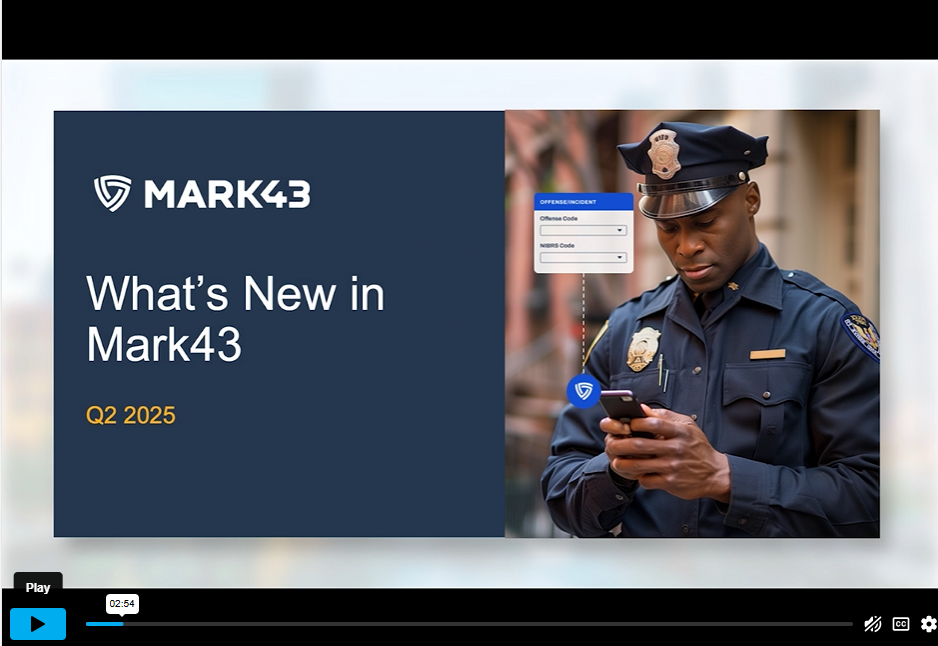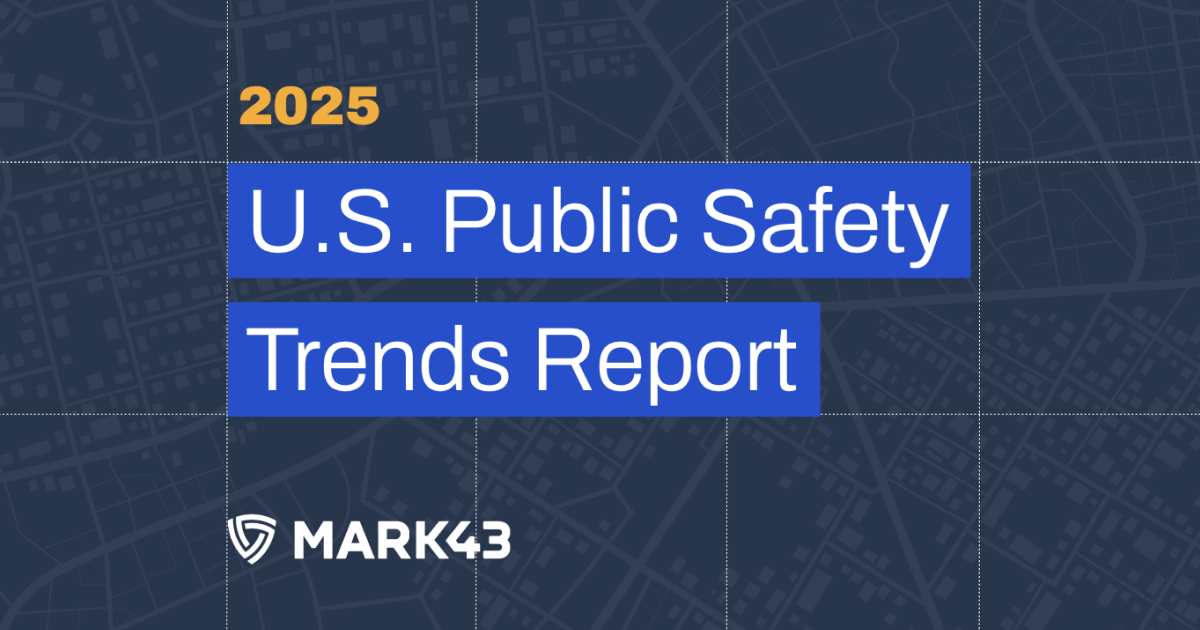
South Carolina is regularly hit by hurricanes, floods, and other natural disasters that can compromise or overwhelm traditional 911 phone service. The emergency dispatch center wanted to provide an alternate means of communication for the public.
They decided to offer it via the Internet.
James (Jim) Lake, Director at Charleston County Consolidated Dispatch Center in Charleston, SC, is a true tech forward 911 leader. I spoke with Lake on the Pinpoint podcast and here are some of his cutting edge insights.
[popup_trigger id=”1576″ tag=”pinpoint”]
[/popup_trigger]
Charleston County has rolled out a first of its kind website called 911HelpMe.com. Residents can use this website to contact emergency services when 911 call volume is too high, phone services are otherwise unavailable, or an emergency situation makes it advisable.
It’s designed in such a way that during an emergency, administrative staff, who are not trained dispatchers, can easily and appropriately route the overflow from 911HelpMe.com.
Lake refers to the website as the county’s last resort means of emergency communications. When you submit the online form, you’re not having a conversation with someone. On the form the submitter can choose whether they want to be contacted. For example, in a domestic violence situation a call back might compromise the victim’s safety.
When Charleston County gets inundated during an emergency, they need all hands on deck to answer emergency requests for service. The training is quick. Within 10 minutes, back-up staff has all the information they need to be able to start supporting online emergency requests.
Measuring Success
When Charleston County first rolled out the system, the biggest concern was its potential misuse. So far, those concerns have been unfounded.
The dispatching staff particularly likes the fact that if it’s busy, they’re not missing any calls. The caller can submit the information online, and emergency services can still act on that call.
As the director of the call center, Lake measures success by how many times 911HelpMe.com has been used and how many times it’s been misused. So far, it’s been used four times for real calls, with no false alarms.
The first use was after a burglary. Someone had stolen items from a house, including the victim’s phone. His computer was still there however, so he used it to contact 911HelpMe.com.
There have also been two suspicious persons calls where people wanted to remain anonymous, and a potential assault call.
Lake is thrilled that the public is using it, and only for appropriate situations.
“The training is quick. Within 10 minutes, you have all the information you need to be able to start fielding those requests coming in.” —James Lake
It’s Location Specific
The company that engineered the tool, Alastar, designed 911HelpMe.com to be geographically based.
If the county next to Charleston decided they wanted to implement it too, they would need to upload their geo database. The system could then discern the address location, and route the information to the appropriate jurisdiction.
Potentially, the system could be rolled out nationwide.
It’s definitely cost-efficient at less than $5,000.
Getting the Word out
When Charleston County first implemented the system, they considered advertising it only in advance of a hurricane. But they wanted the public to be familiar and comfortable with the concept.
It’s now part of the day-to-day general information that they give out at public events. The tagline is, “Call if you can, text if you can’t. 911HelpMe.com is a last resort.” It’s now something the public is familiar with.
The System’s Limitations
Given that 911HelpMe.com is not on a phone landline, the dispatcher doesn’t receive the traditional 911 information such as address and call-back number. You’re counting on the person to provide those, which they’re not required to do.
If your location services are turned on, the form asks if it can use your address and automatically fill in the location. If not, you have to manually type in the address and go with a pick list.
If the address is in Charleston County’s jurisdiction, that message is routed to the dispatch center. If you enter an address that’s not in the jurisdiction, then you get a bounce-back message just like you would with a text.
“Between crowd source information and sensor data, I think that’s our new source of 911 calls.” —James Lake
Next Steps
Lake would love to see 911 communications move even further into the future.
Currently, when a patient with an implanted internal cardiac defibrillator has an episode, it sends a message to the hospital or doctor. Instead of hoping someone at the doctor’s office notices that a medical device has sent an alert, waiting for them to look up the patient’s address, hope that they’re at home, and call 911, Lake would like that information sent to 911 directly.
The 911 center needs a first-hand way to know that there’s an emergency and where the patient is.
Lake also sees the future of emergency communications in crowd sourced information. If you have trusted users reporting a traffic accident, emergency services can be responding to that even before they get a 911 call. Between crowd source information and sensor data, that’s the future of 911 calls.
Charleston County is also looking at establishing what they call the “bunny slipper project” that would allow dispatchers to work from home.
Bring on the future and its cozy footwear!






